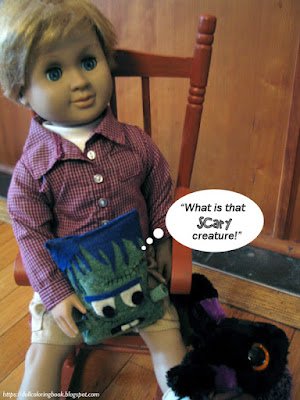To paint a small three inch jewelry box similar to this one, you will need to have a wooden one that is manufactured in an arch shape. I found this one in a thrift shop for just a few pennies. Gather together the following art supplies: sandpaper, acrylic paints, Mod Podge, black puff paints, decorative and paper.
Step-by-Step Instructions:
- Sand down the wooden jewelry box until it is smooth and ready for painting. Wipe of the dust from it's surface.
- Layer the Mod Podge on the inside of the box only, with a decorative paper. I chose classic red checks because this reminded me of taking watermelons on picnics, but you may select any paper that appeals to you.
- After the paper decoupage dries, paint the arched top of the box red and the sides green so that the small box looks like a watermelon.
- Add painted details like lighter green stripes on the sides and use black puff paint to make the watermelon seeds on top of the red melon flesh.
- Seal the box with more Mod Podge when you are satisfied with the decorative painting.








































